Besides having the physical card during checkout, many credit card terminals also require a PIN or signature. This is an added protection because this extra step verifies that you are authorized to make this purchase. Many countries are making the switch from credit card signatures to PINs because it is argued to be more secure. If someone steals your card, they can easily replicate your signature, assuming the merchant actually checks in the first place. However, if they don’t know your PIN, the payment won’t go through.
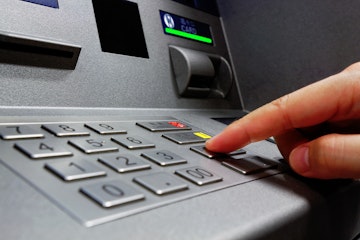
cozyta/shutterstock.com
What is a PIN?
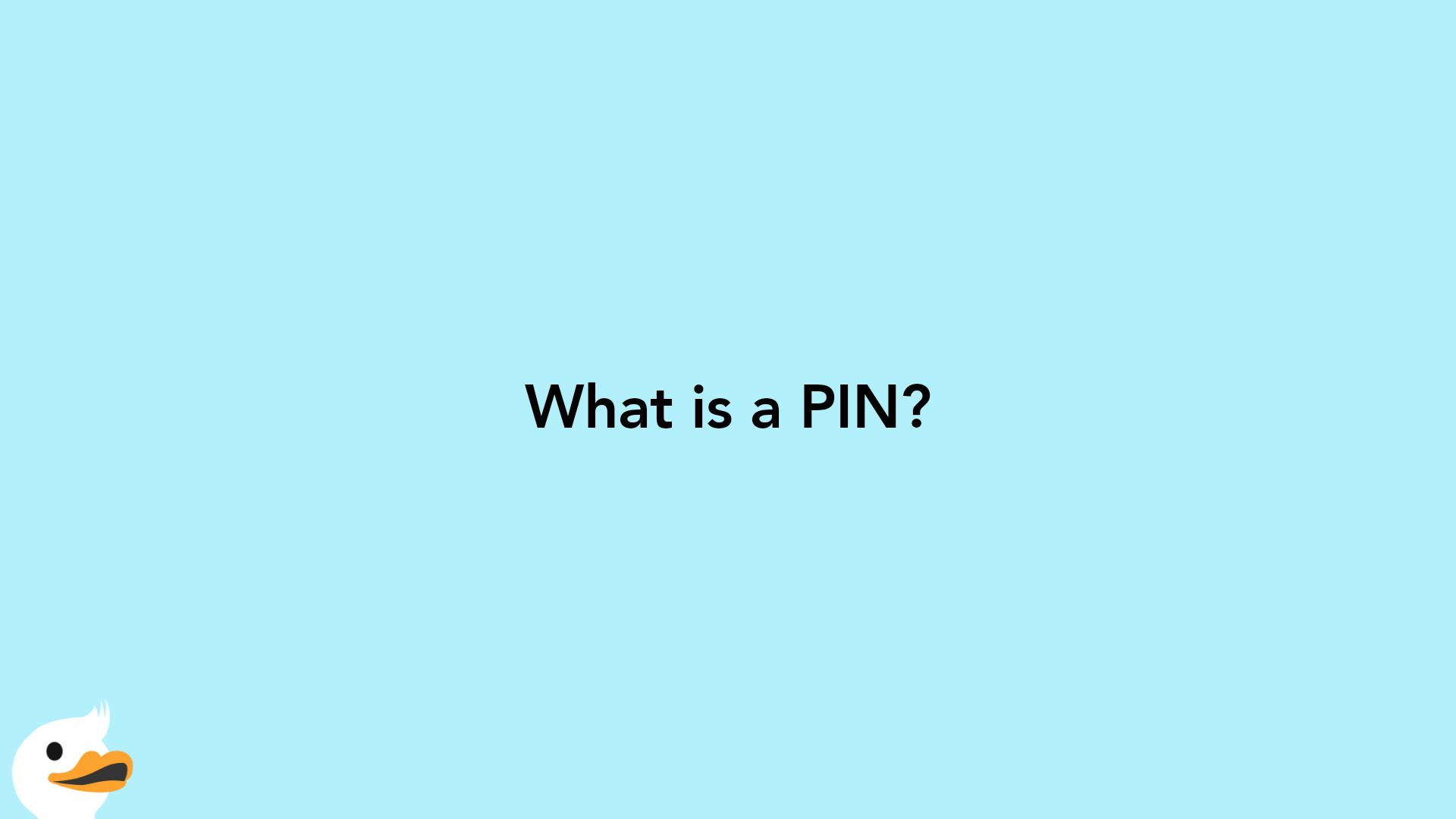
A PIN is known as a Personal Identification Number. It is comprised of only numbers and is often four digits. There are no letters or special characters in a PIN. Card issuers have different methods for setting up your PIN. Sometimes your card issuer will send you a PIN a few days after your debit or credit card has been mailed. You typically have the option to, or may even be required to, change your PIN afterward. Other times, you may be asked to make your own PIN when you call to activate your card.
Here is what to do if you’ve forgotten your PIN or it has been compromised. The purpose is to notify your card issuer as soon as possible to reset it.
Option 1: Call the Phone Number on The Back of Your Card
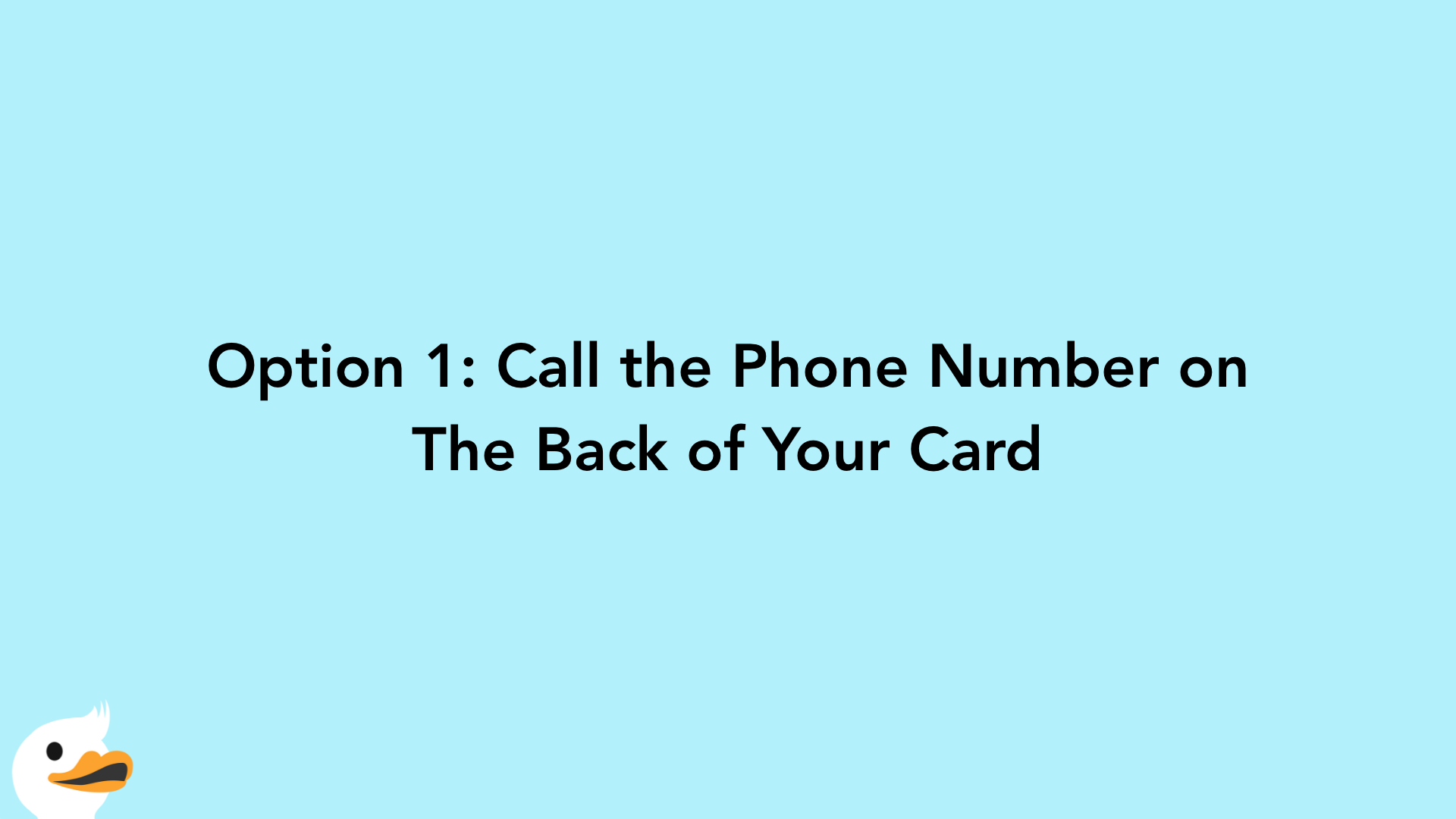
Always use the phone number that comes with your card. If you search for it online, make sure to go to your card issuer’s authentic website before calling. This is extremely important because you will be required to give out your personal information to verify that you are who you say you are. This may include your name, address, birthday, and any other government identification number to verify your identity. If you call a phishing phone number, thieves may be waiting to record your answers and then steal your identity. Once you verify your identity, the card issuer will ask for a new set of four digits to reset your PIN. This may happen through telephone banking or by speaking with a customer service representative.
Option 2: Online Banking

Some institutions offer the ability to change your PIN via online banking. Of course, you will need to log in with your account information. Afterward, your card issuer may ask you to answer a few security questions. Once your identity is verified, you will be able to choose a new set of four digits to reset your PIN.
Always use your home computer with a secure Internet connection. Never click a link in your email to go to your bank’s webpage. This is more than likely a phishing email trying to get your information or download a virus to infect your computer. Furthermore, your bank will never ask you for any sensitive information through email or text. Always, go through official lines of communication with your bank to make any requests and to verify any personal details.
Option 3: Visit the Bank In-Person
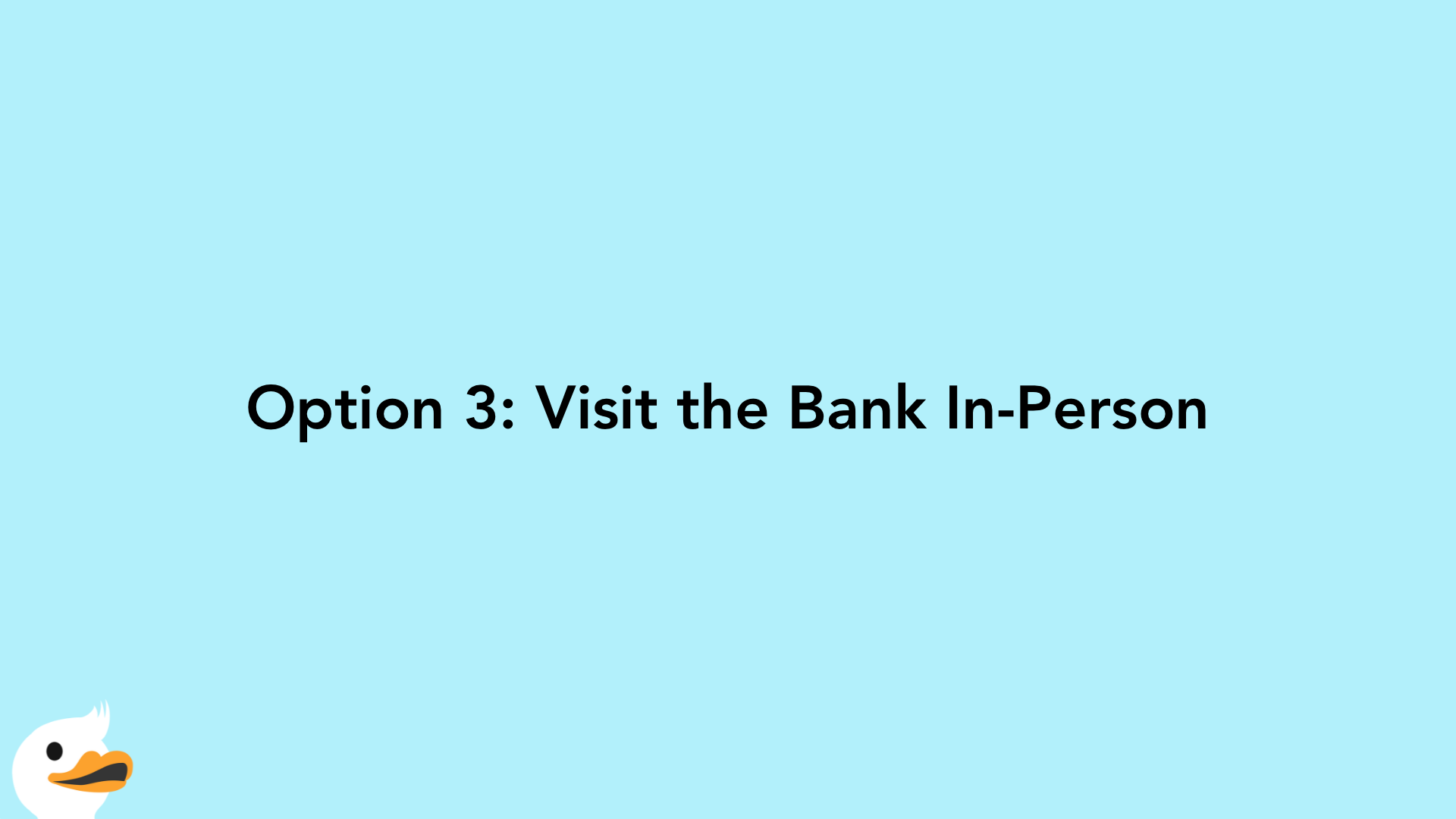
If your bank has a physical location, you may decide to visit the branch in person. They will require a government-issued form of identification to verify your identity against the account information. Once your identity is verified, you will be able to choose a new set of four digits to reset your PIN. It is likely that you will need to manually enter it in a keypad so that the bank teller doesn’t even know your PIN.
Option 4: Bank ATM
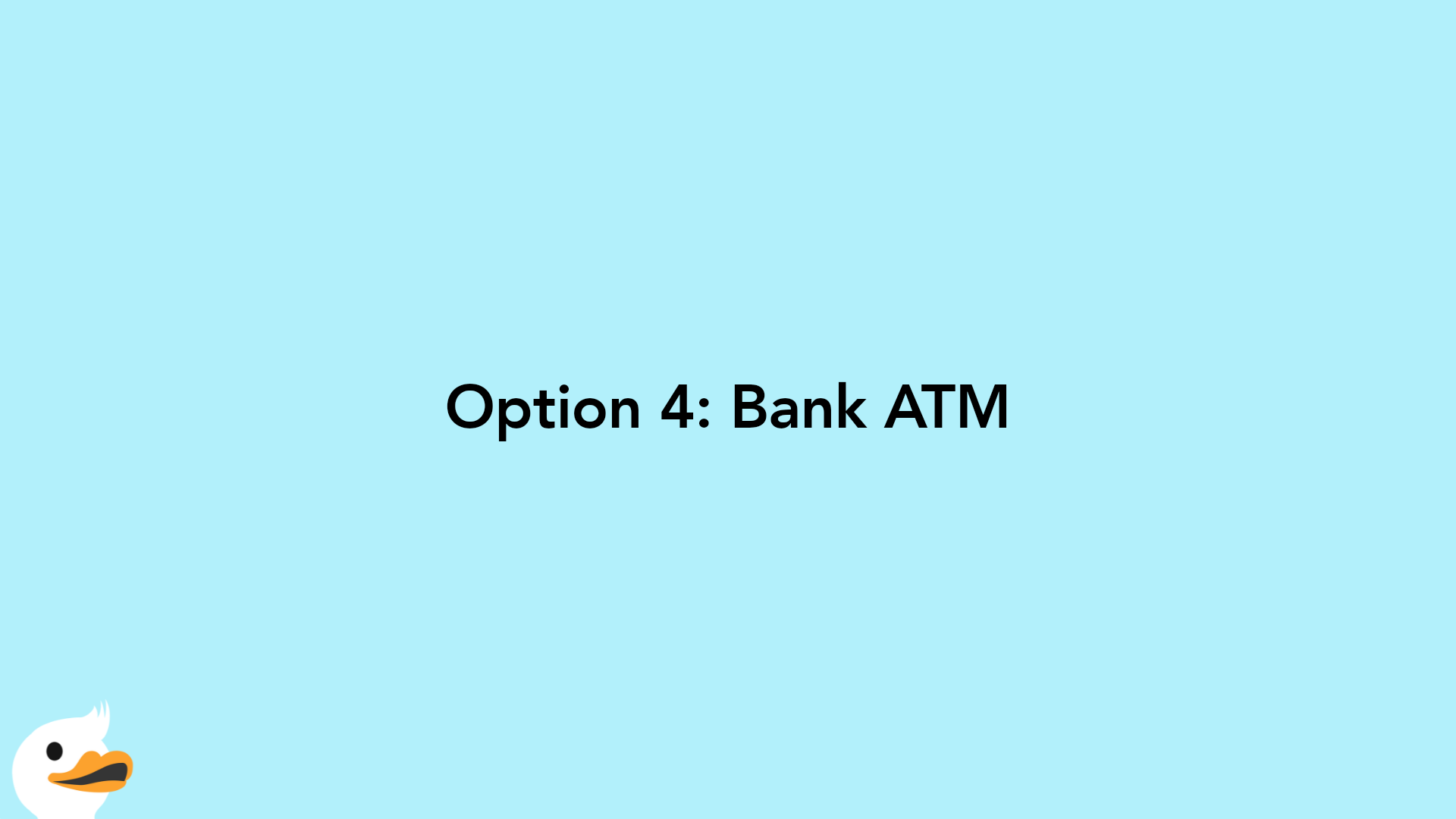
If you remember your PIN, but it has been compromised for some reason, you may be able to change it at the bank’s ATM. After you swipe your card and enter your existing PIN, you may have the option to change it. This option may be located under the “More Options” tab since it is unusual for someone to need to change their PIN frequently. It is worth noting that this option may not be available for all cards. Logically, it is the least secure since the automated machine cannot verify your identity. If resetting your PIN is not available via ATM, you will likely need to call your bank or visit a branch in person.
How can a PIN be compromised?
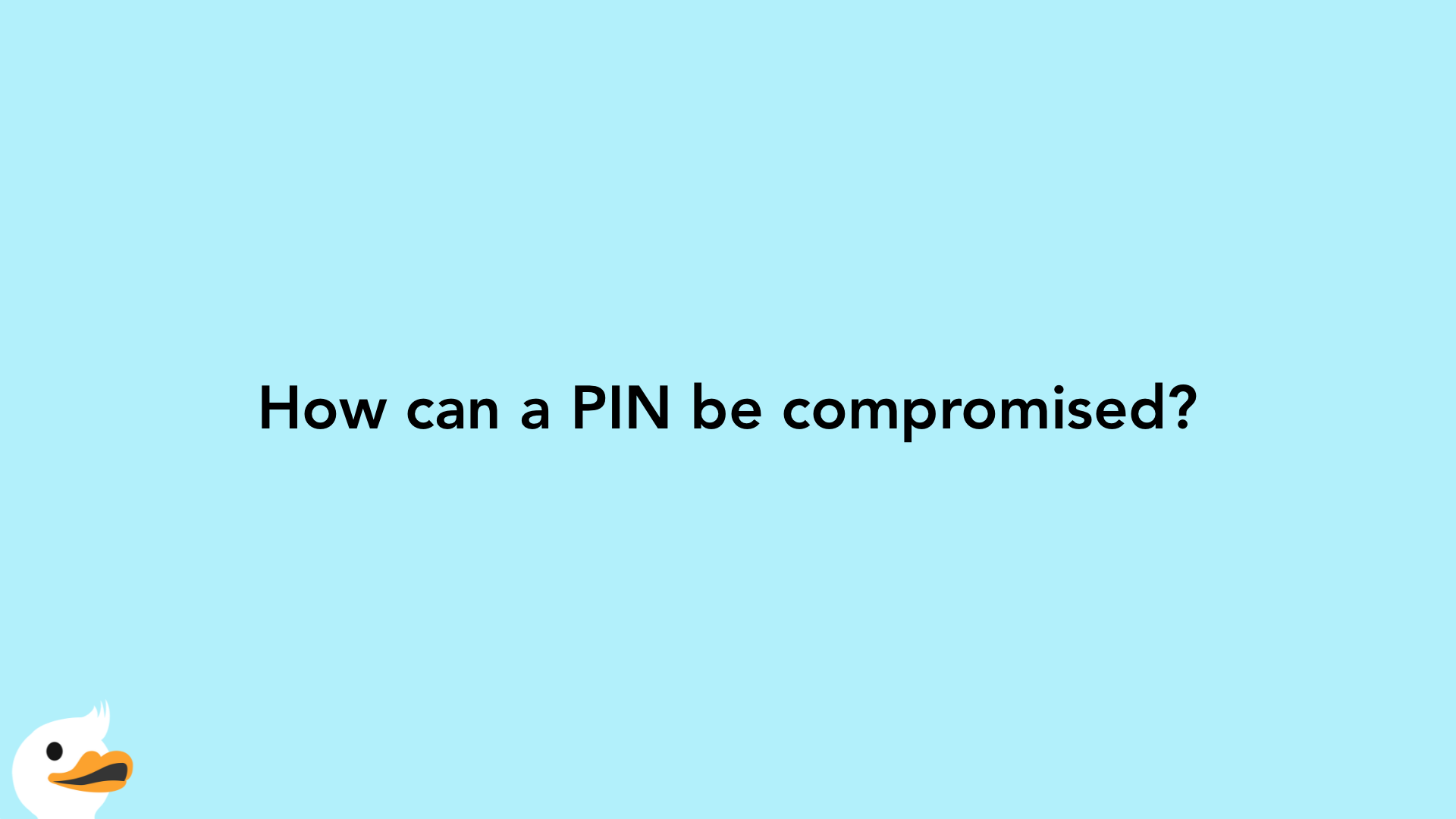
PINs are designed to add an extra level of security with four hard to guess numbers. However, hard-to-guess numbers may also result in hard-to-remember numbers. Some people have resorted to writing down their PINs on their card or on a piece of paper and carry it with them. This is not advised! Writing it on your card is almost the same as not having a PIN at all because anyone who finds your card will have immediate access to your money (on your debit card) or the spending power of your credit limit (on your credit card).
Tips for Choosing a New PIN

PINs are a direct line to your finances, so don’t use a simple sequential number sequence like 1234 or a simple repetitive sequence like 1122. Avoid using any numbers that have a significant meaning, such as your date of birth, your phone number, your anniversary date, etc. Thieves can find a lot of personal information about you on the Internet. Obviously, don’t use any part of your debit or credit card number.
Instead, if you really cannot remember a set of 4 random numbers, you can try the “Date Method.” This method combines two or more significant dates. For example, if you were born on March 5, 1949, and you were married on May 11, 1980, you may create a PIN using both years. Your Pin may be 4980 or vice versa.
Final Thoughts

PINs are critical to protecting your bank accounts and credit cards. Always choose a strong PIN and keep it safe. If it is ever compromised or forgotten, simply contact your card issuer immediately through an authentic and secure line of communication.

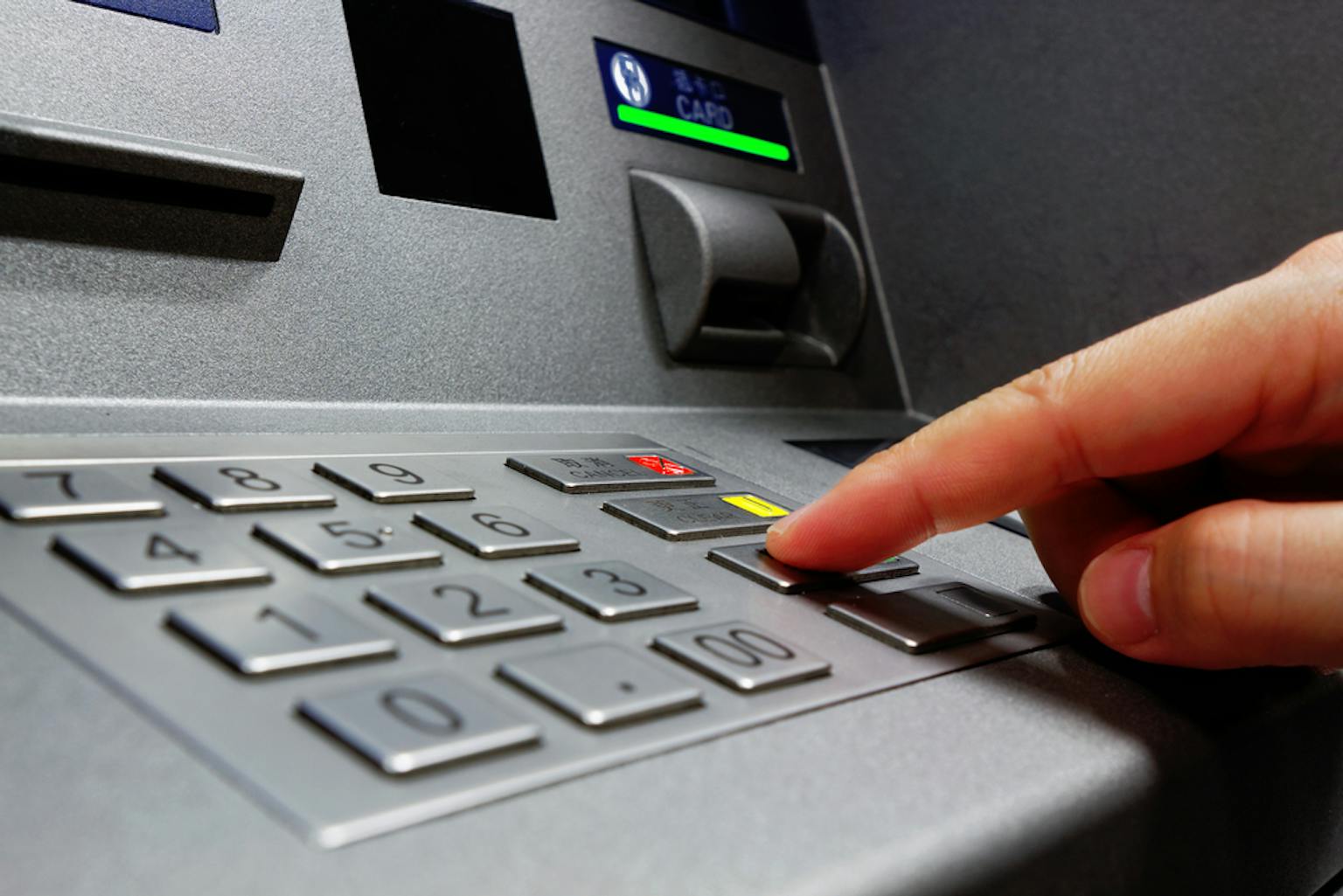
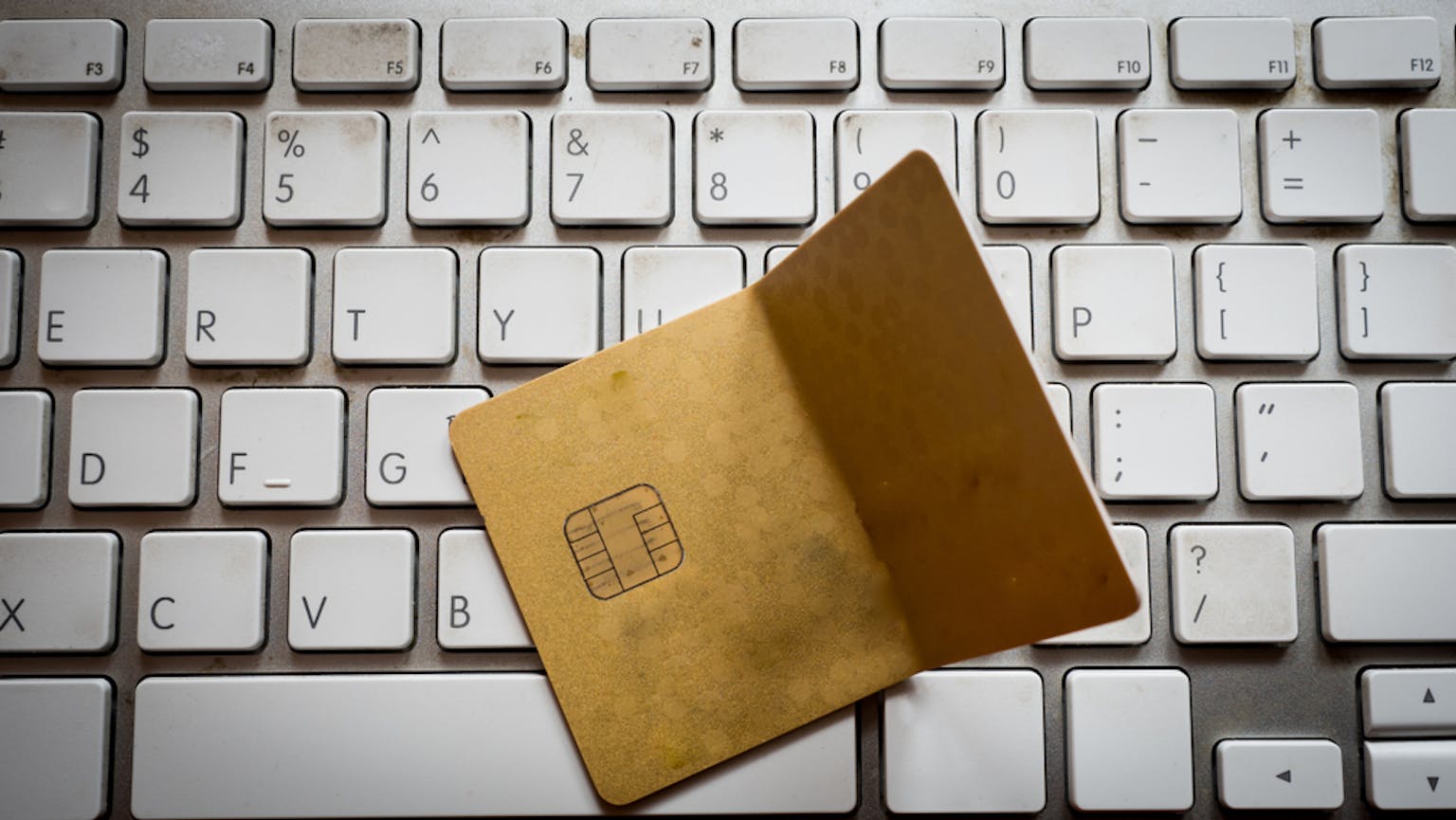

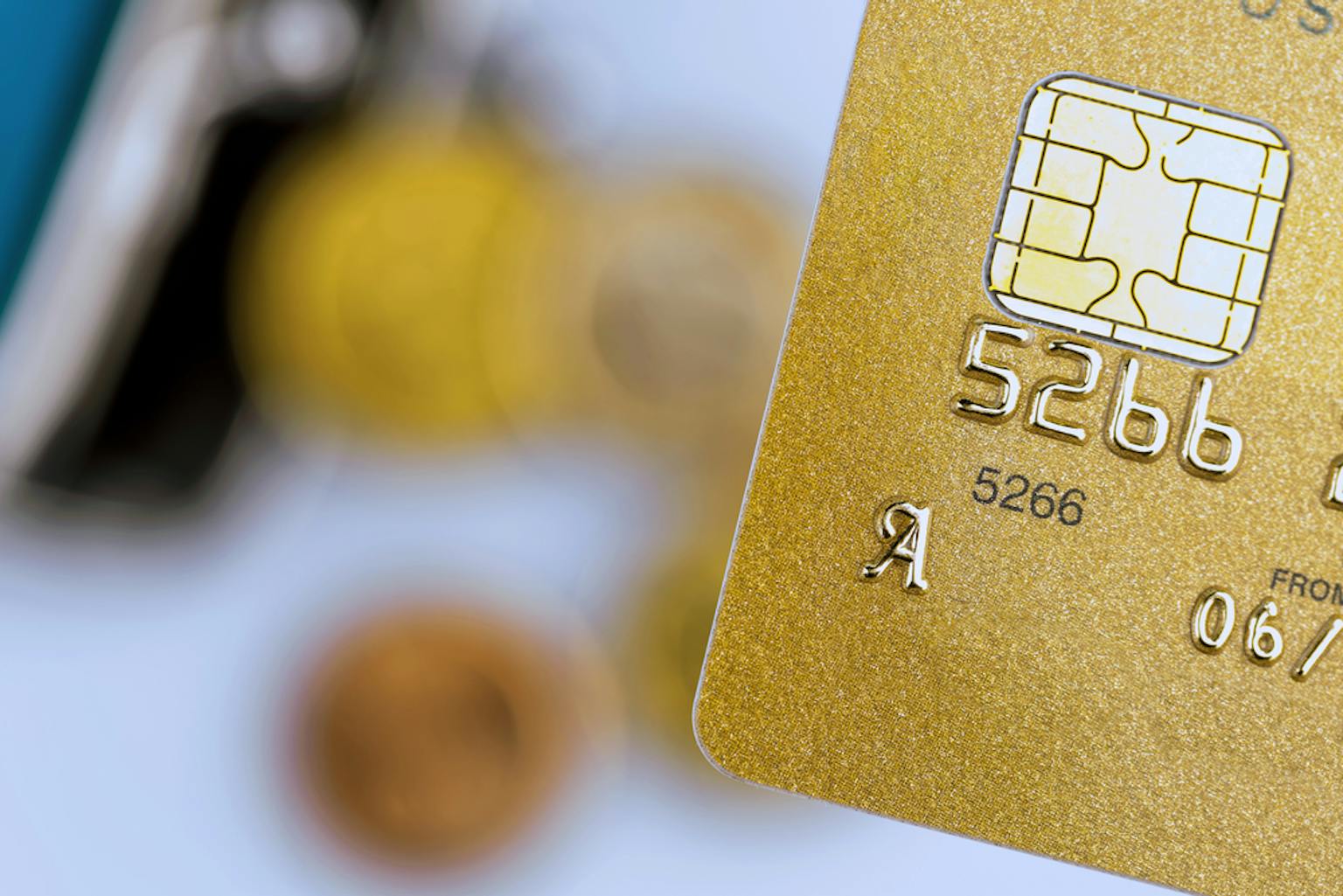


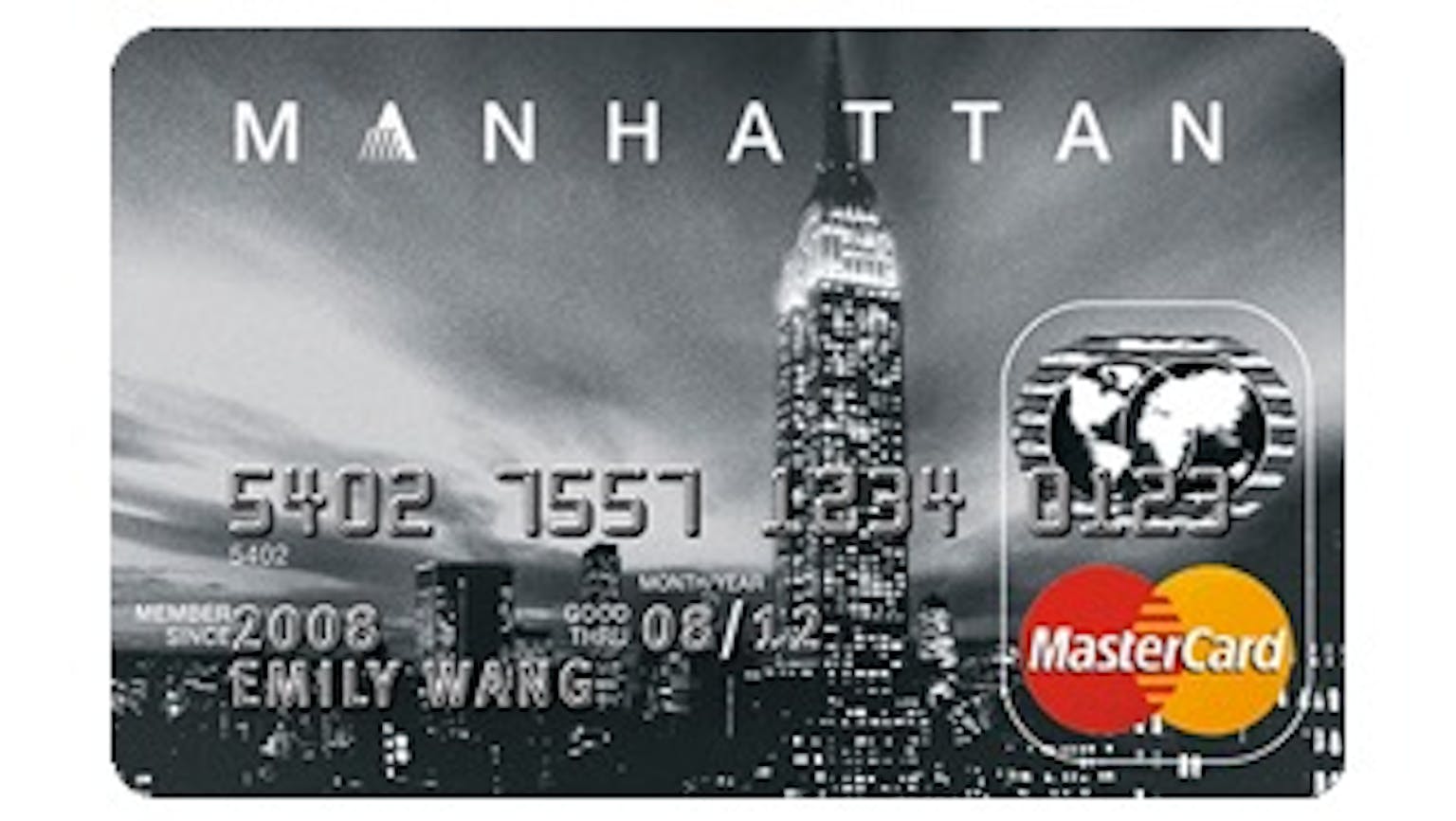
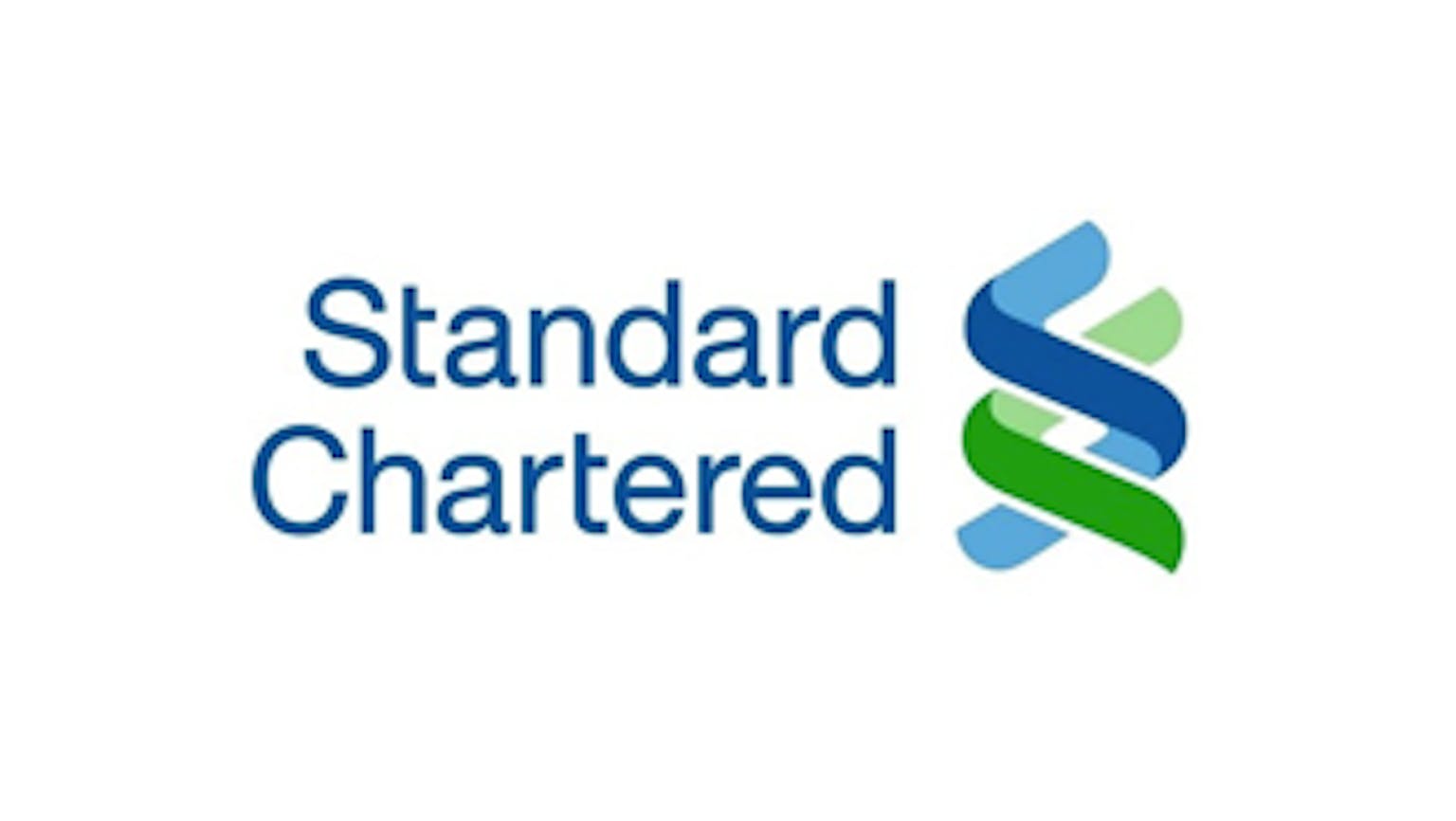
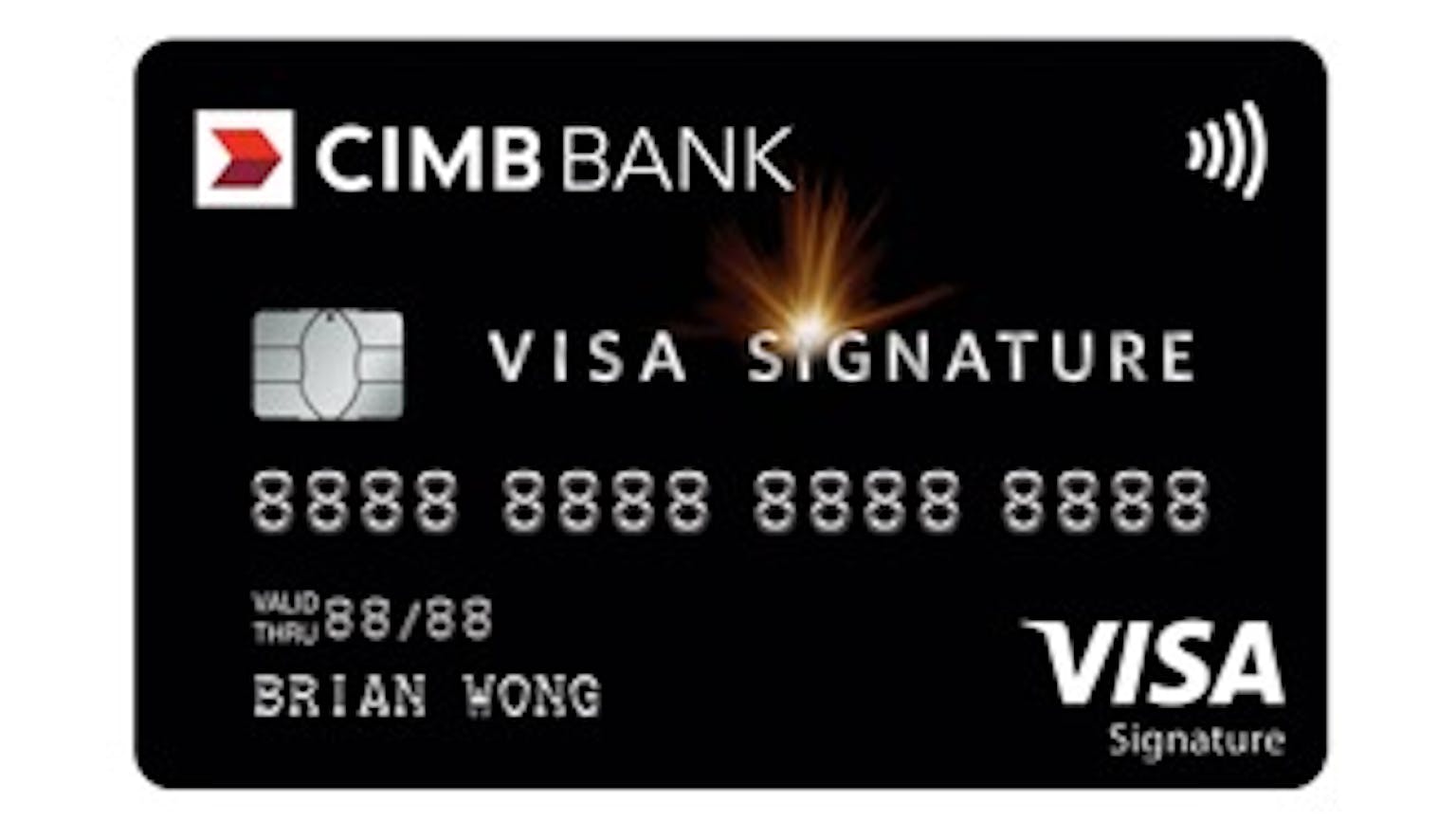
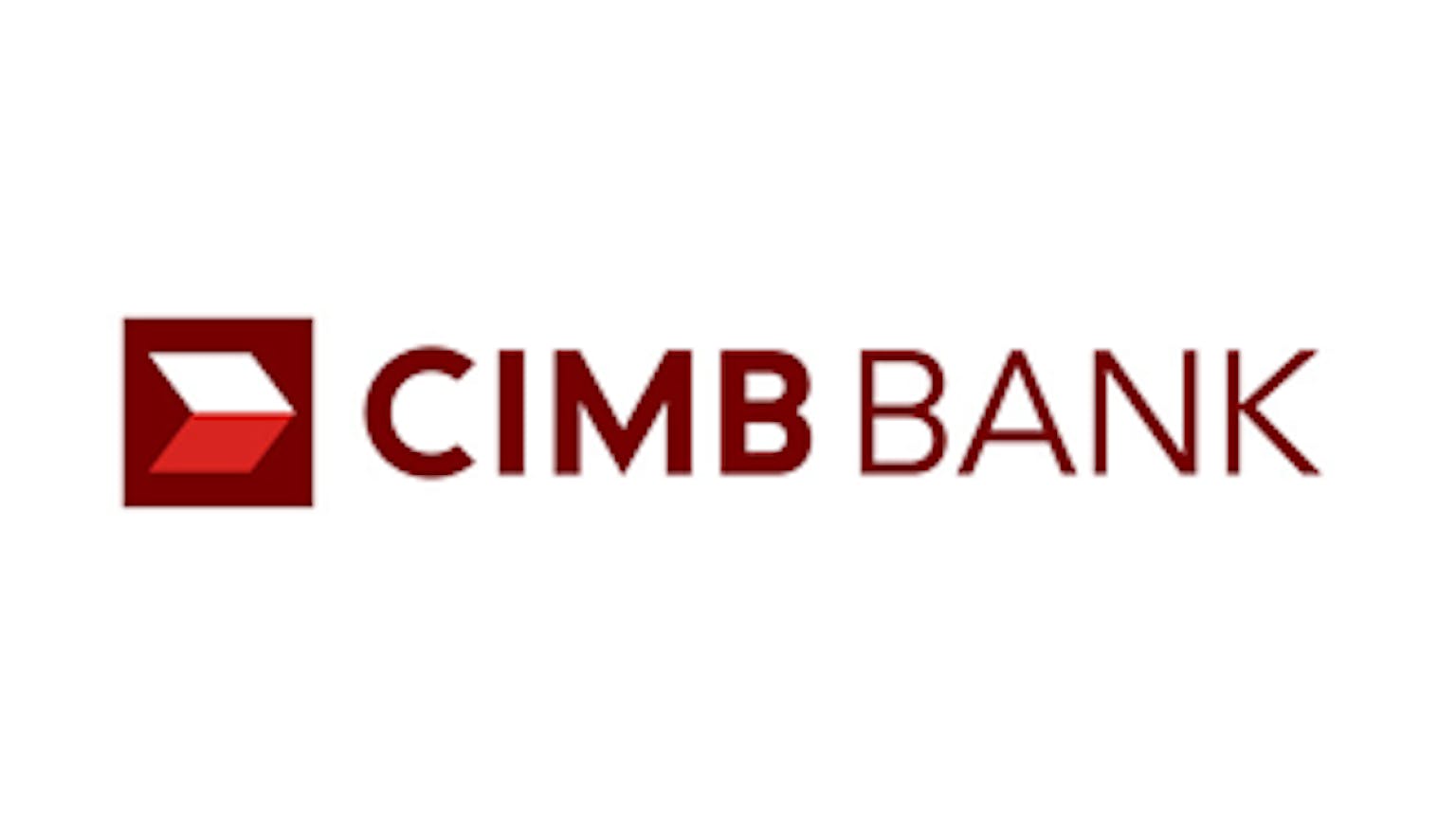
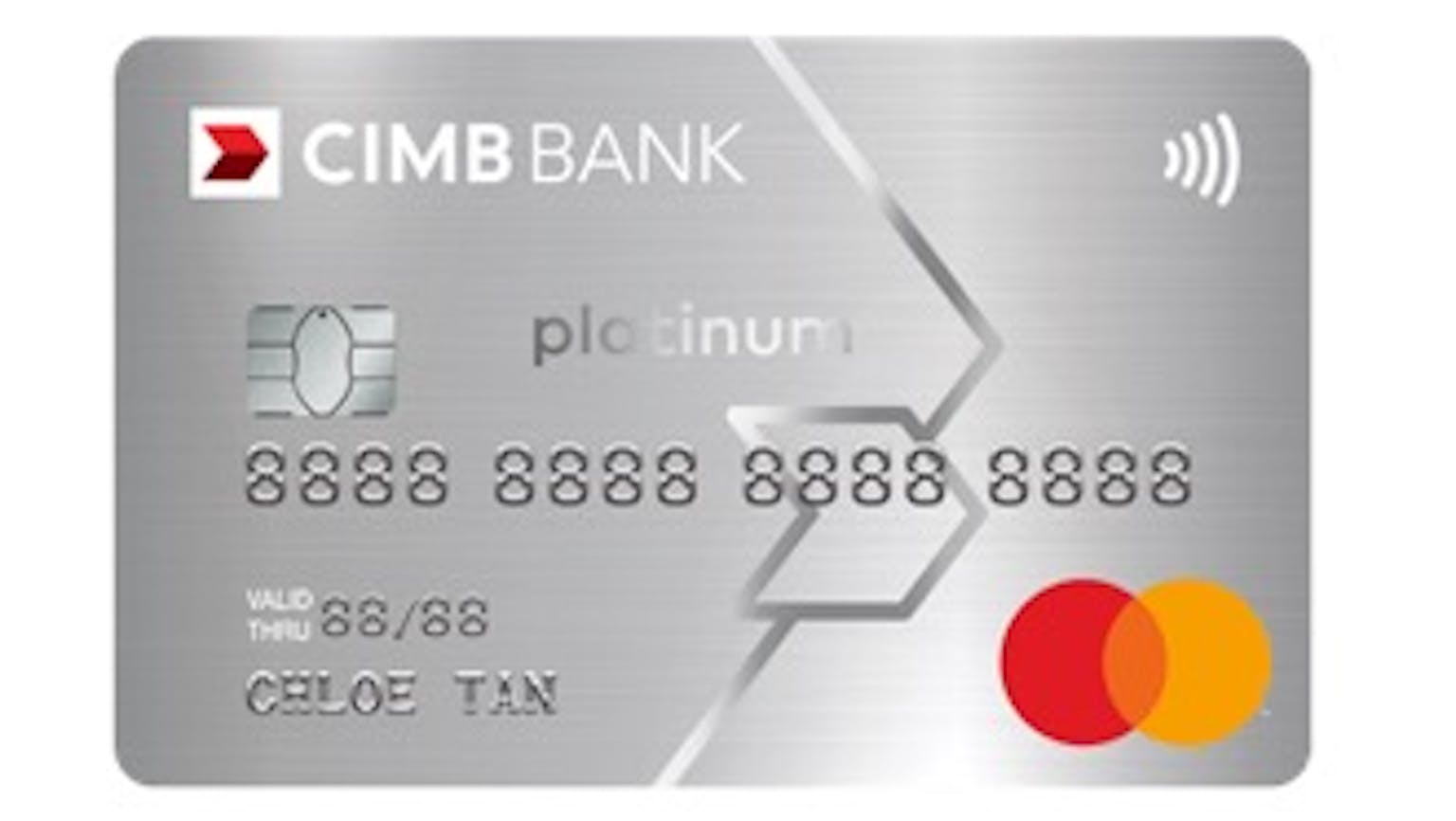
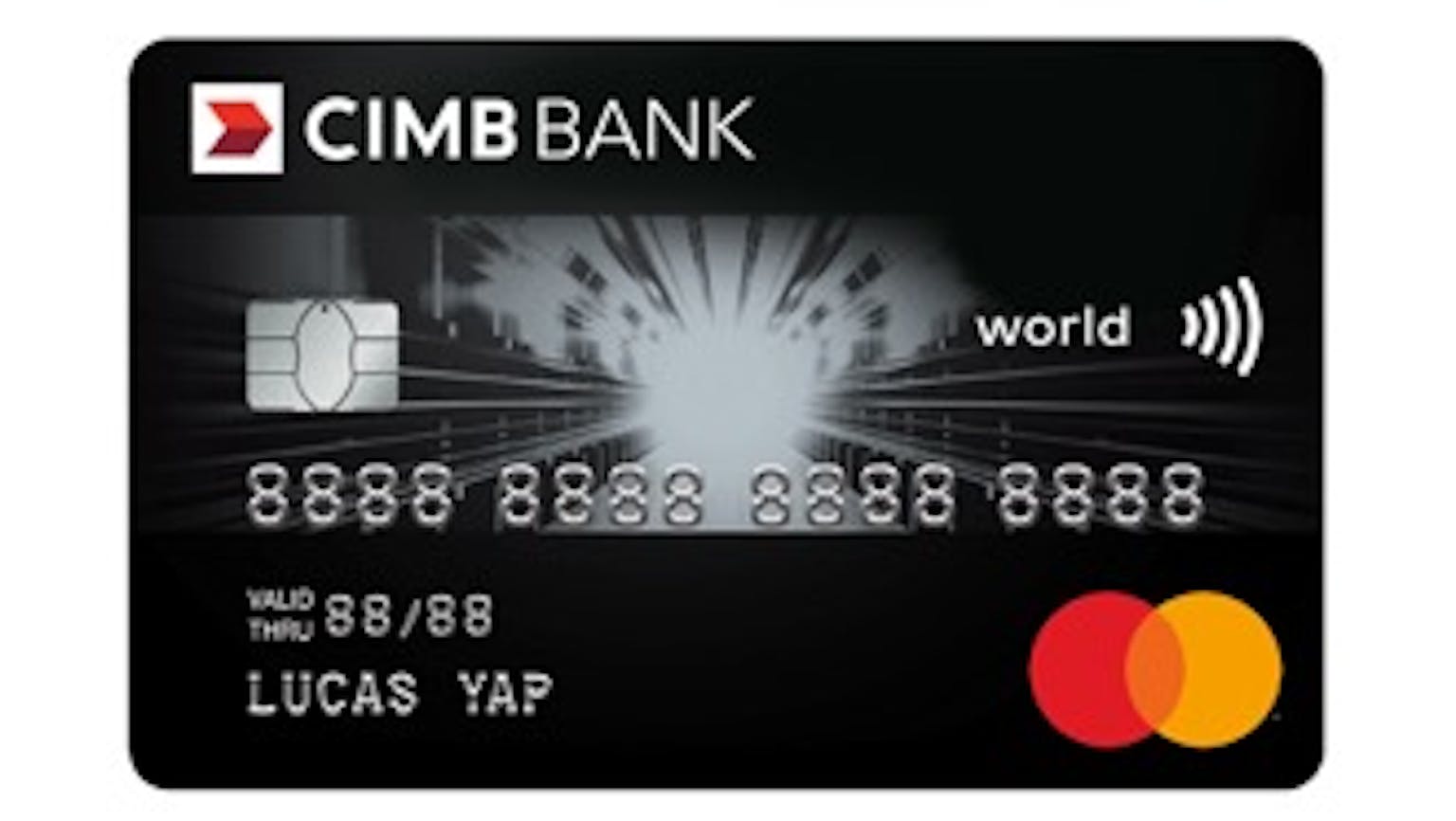

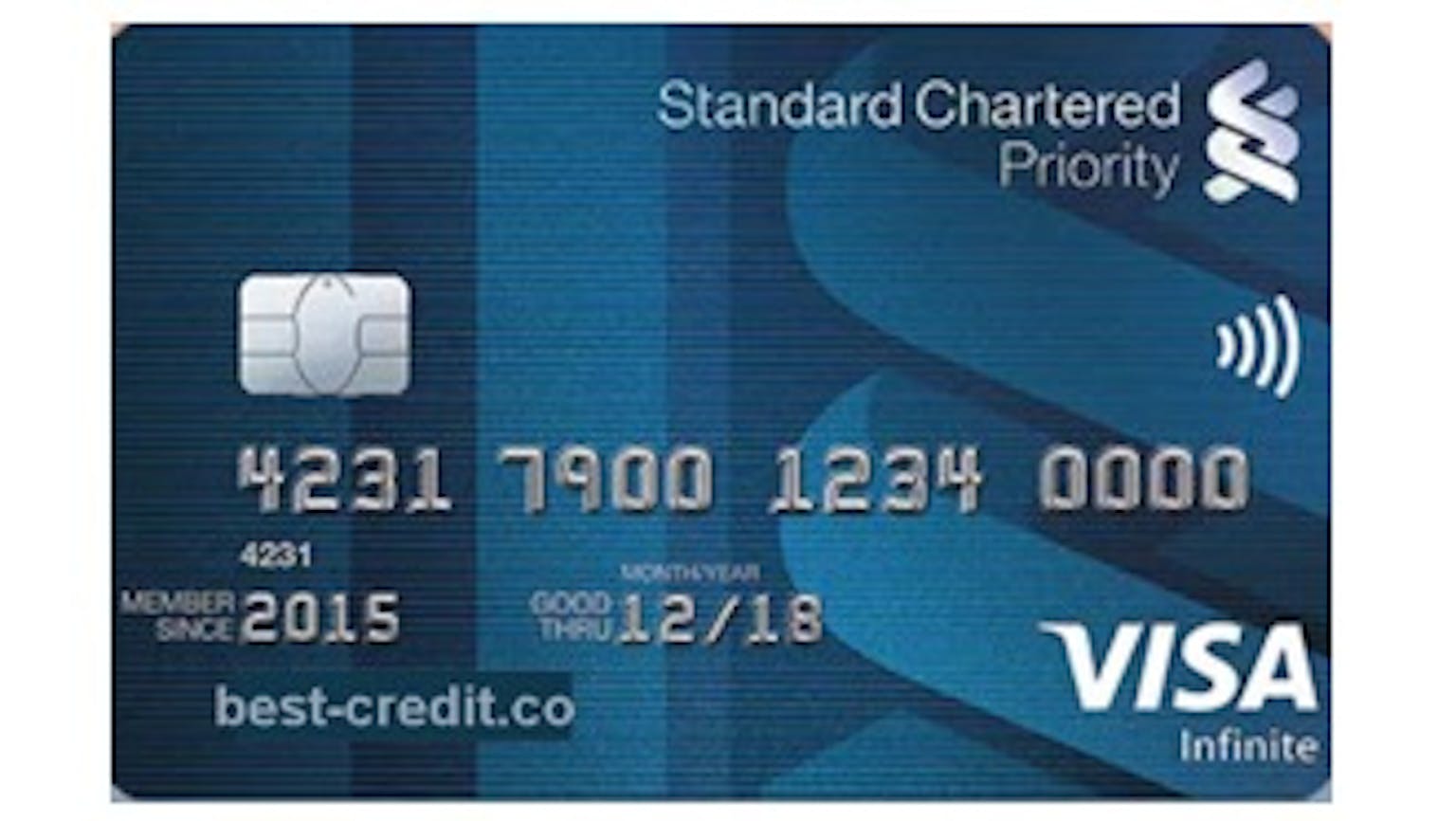

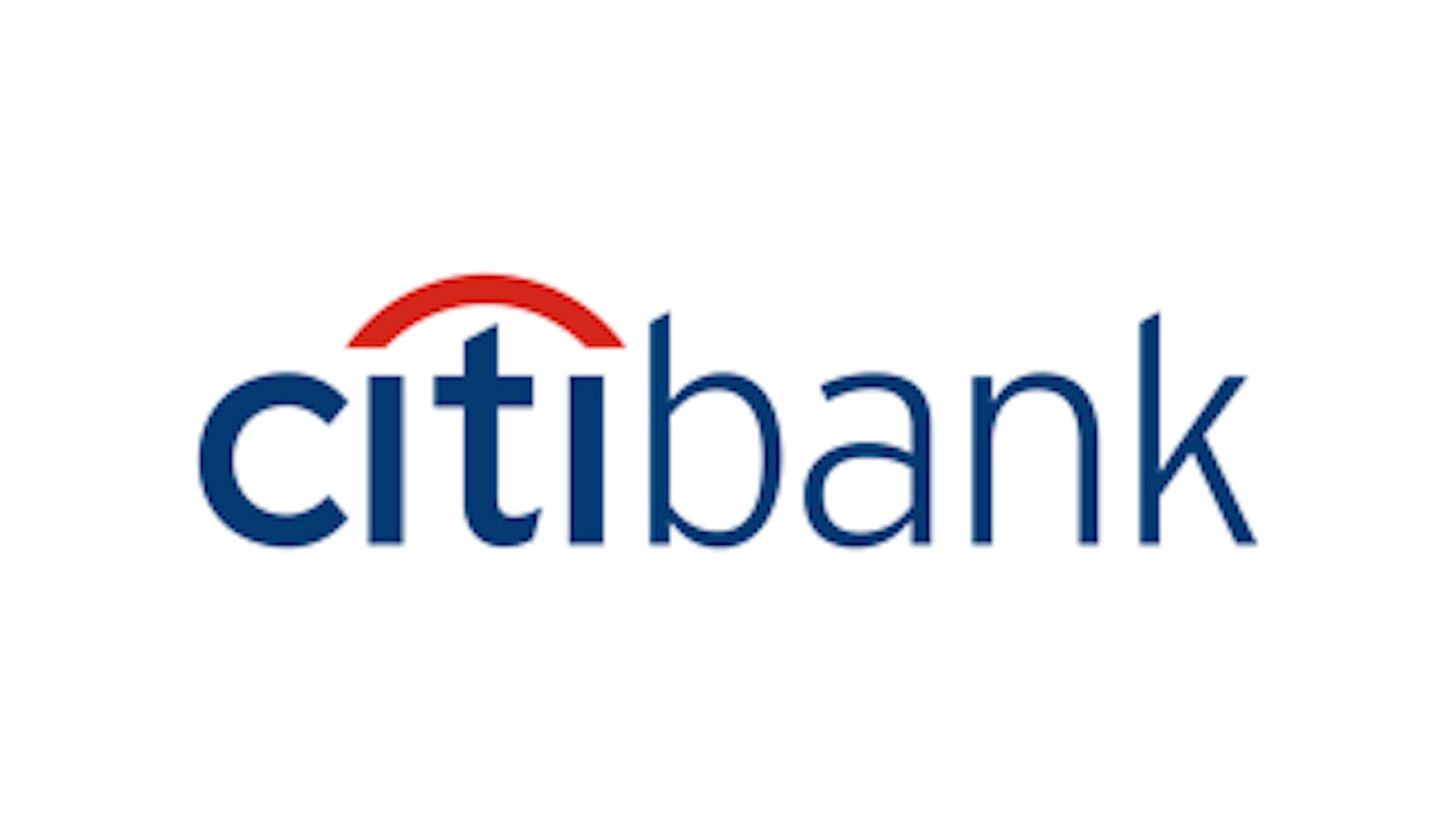
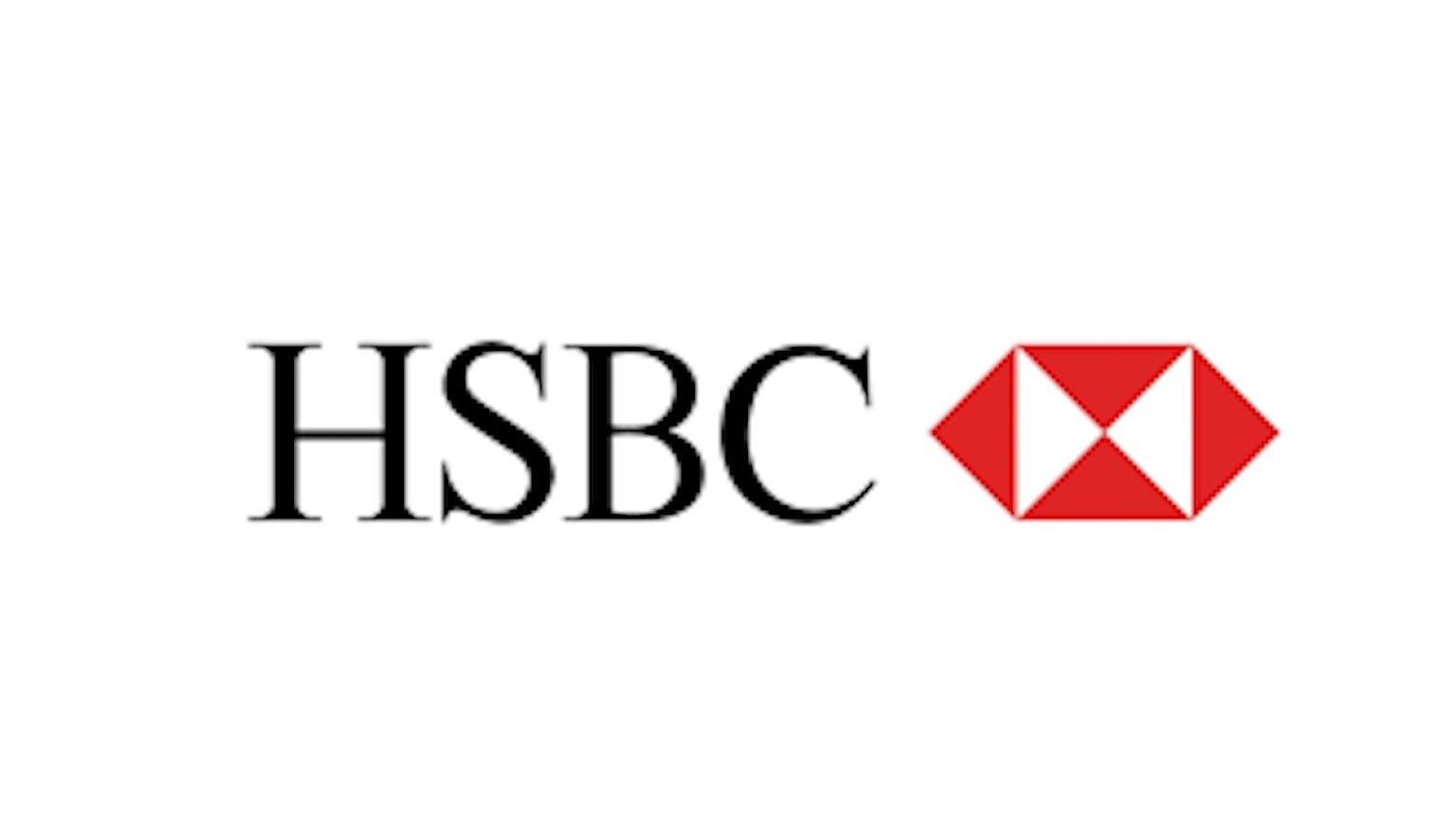
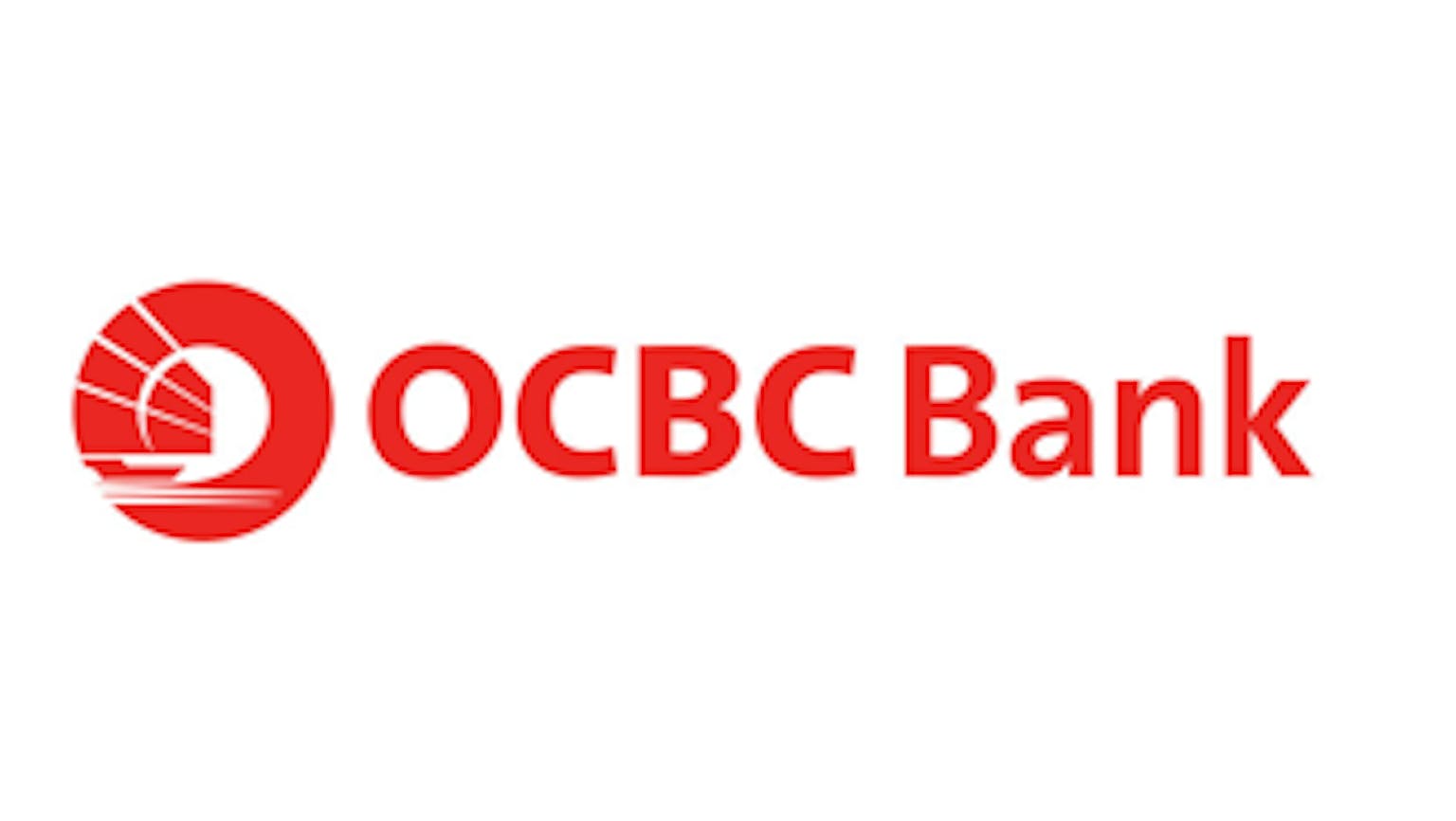


Please leave your knowledge and opinion!